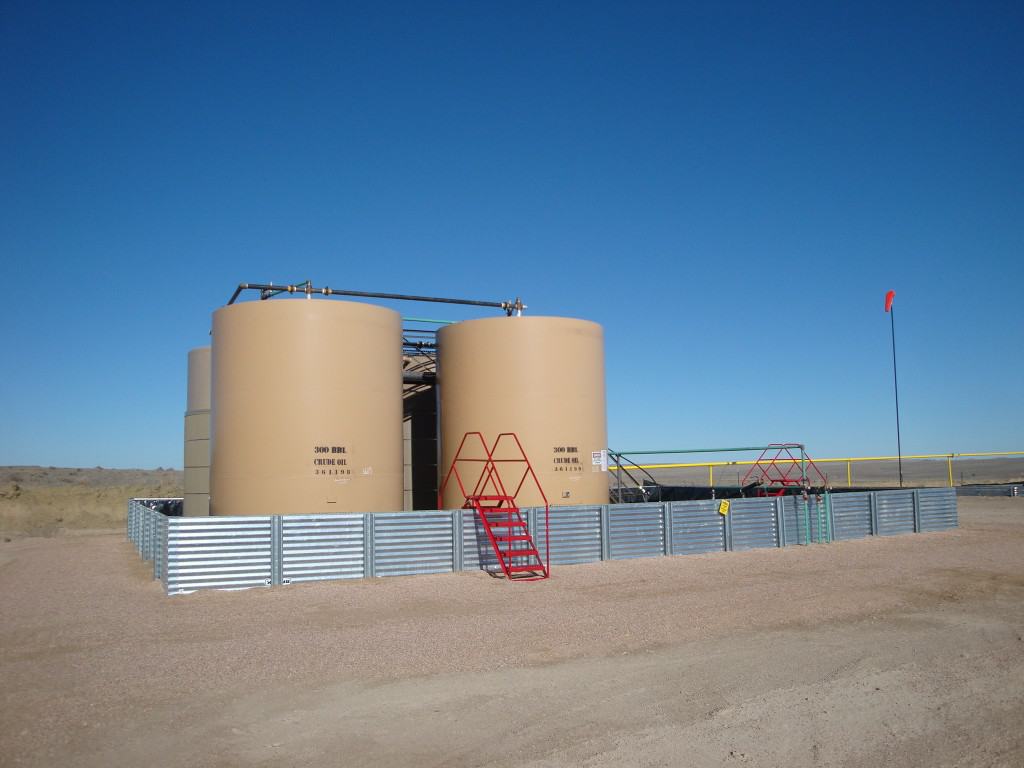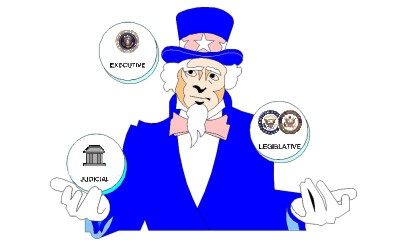An essay from High Country News (subscription). It’s been a long time since I worked for the USFS, but some of what Marsh says I can sympathize with. Do preservationists have a role to play at the agency? Conservationists, yes, but the National Forests weren’t intended for preservation. I’d like to know whether Dan’s career was ruined for trying to do the right thing instead of “getting along.”
What I learned from 30 years with the Forest Service
Susan Marsh
Opinion Dec 17, 2014
After working for the Forest Service for 30 years, I finally had to write a book about it — especially about some of the painful lessons I learned. Here are just a few of them.
It will come as no surprise that it wasn’t easy being a woman in what was, and remains, a man’s domain. Nor was it easy being a resource professional in one of the fields of study known within the agency as a specialty. Specialists, or “ologists,” were considered narrow in focus and sadly misinformed about the relative importance of scenery or wildlife in the context of meeting targets. I was a preservationist in the midst of managers who wanted to roll up their sleeves and Do Something.
I soon learned that a bureaucracy like the Forest Service values loyalty to the “outfit” above all. One has to be a team player, and in order to play on the team it is necessary to embrace a worldview shared by one’s teammates. So I learned to hunt elk and go ice fishing, to head for whichever bar offered country music and scantily clad waitresses, and to keep my cards close to my chest.
“Never let ‘em know what you’re thinking,” one district ranger advised. While mulling the need for such a motto, I took the advice of a different ranger whose loyalties matched my own. “My first priority is to the land,” he said. “Then to the public for whose benefit we’re managing it. Finally, to the outfit.”
This got my friend in a lot of trouble. When he tried to reduce the number of cattle in a battered little watershed in Montana’s Ruby River drainage, his boss refused to support the action. Even though evidence was strong that the stream banks would benefit from having fewer hooves in one small area, reducing cattle simply wasn’t a viable option. The permittee would complain to his congressman and the governor, both personal friends.
Where most rangers would have backed off, Dan fought. The poor condition of a stream within his district caused him personal pain, and if he didn’t try to fix it, he felt he wasn’t doing his job. His boss disagreed, saying: “Your job is to get along.” The bitter lesson I learned from Dan was that you could ruin your career if you tried too hard to do the right thing.
After three decades with the Forest Service, there remains one lesson that still surprises me: I still cherish a strong sense of loyalty to the agency, however flawed it is, and to the high-minded principles on which it was founded.
My desire to defend it arises when I hear someone complain about how the local district doesn’t do one thing or another, or at least can’t do it right. If you only knew how hard it is, I want to say. I react each time I witness yet another effort to privatize the public land, to hand it off to the states, to divide it up among interests that seek only to exploit it. As humanity continues to leave its heavy footprint across the planet, the national forests and other public lands become all the more precious.
The stereotypical government worker draws a salary without having to try very hard. It is true that I have encountered my share of drones over the years, but the people who represent the Forest Service to me are like Dan: They gladly work nights and weekends, if necessary donating their annual leave at the end of the year. They care deeply for the land and want to make a contribution to the greater good.
Working for the agency is more of a vocation than a job. A wise-ass adage holds this definition of success for a conservation-minded employee: It’s not the number of projects you accomplished, but the number of bad ideas you successfully scuttled. Most of my Forest Service heroes scuttled plenty of dumb ideas.
The Forest Service is far from perfect, and I would agree with those who say it is less effective than it could be. But it gives me comfort to know how many of the people within it are driven by the loyalties once articulated by my mentor, Dan. My hat is off to them.
— Susan Marsh is a contributor to Writers on the Range, a column service of High Country News (hcn.org). She lives in Jackson, Wyoming, and her latest book is A Hunger for High Country.
 You all know that I treasure the Denver Post for being western interior media and that I think it’s very necessary for the interior west to have a major media presence to provide some balance to the Coasts. Still I gotta say MOST ANNOYING ADS EVER.
You all know that I treasure the Denver Post for being western interior media and that I think it’s very necessary for the interior west to have a major media presence to provide some balance to the Coasts. Still I gotta say MOST ANNOYING ADS EVER.



